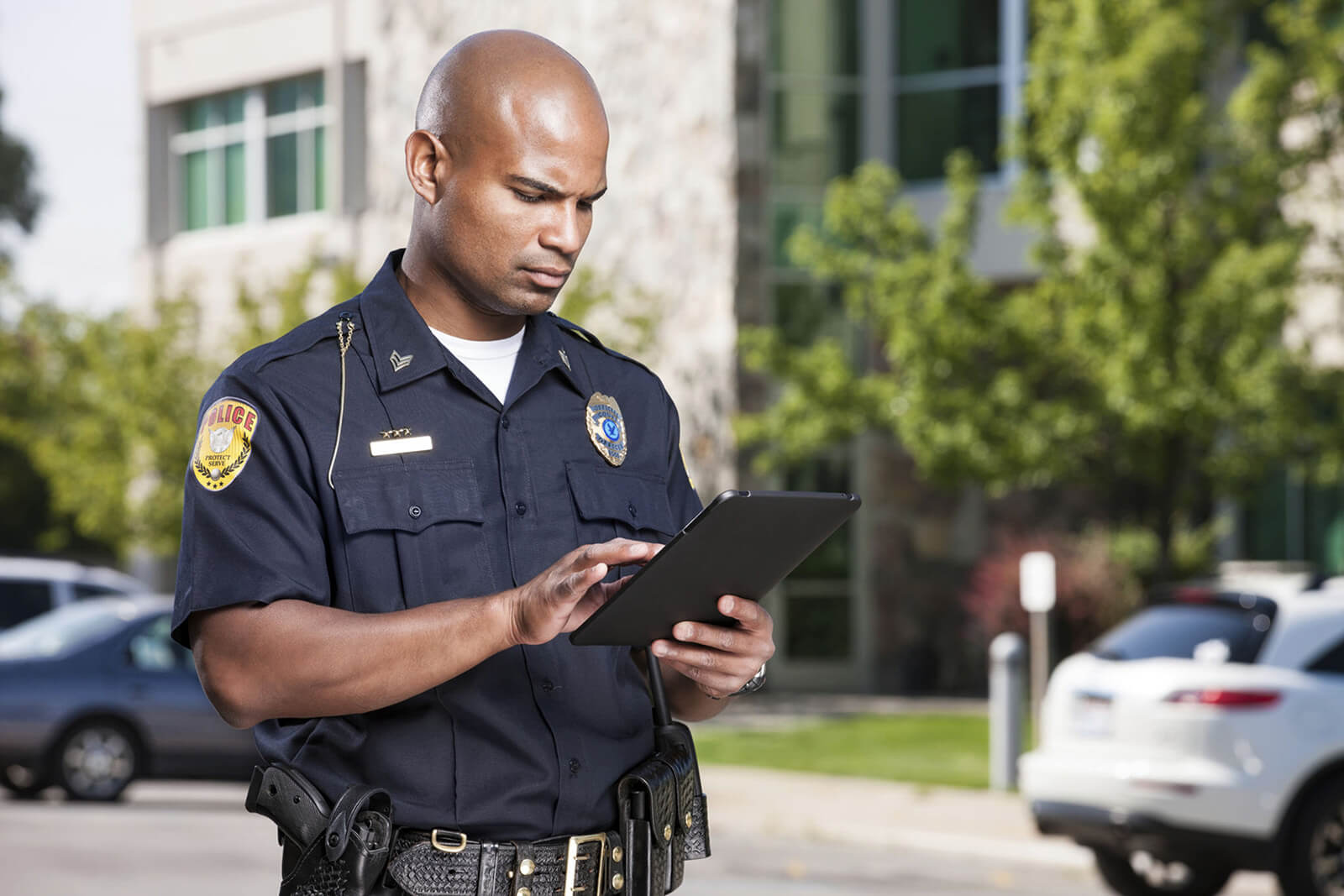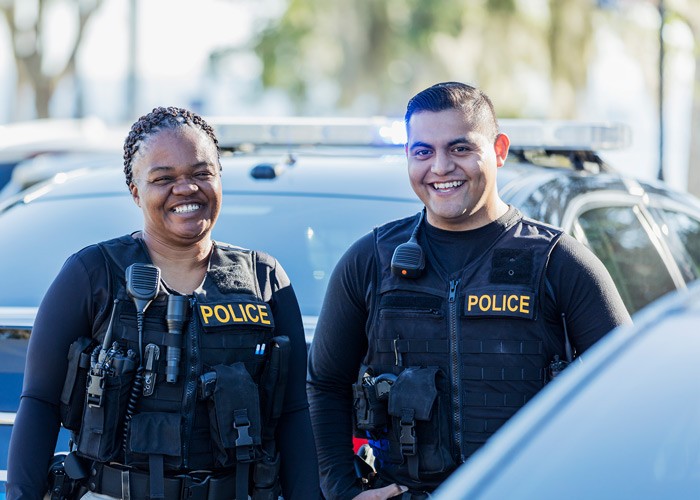When the survey has been completed, what do you actually do with the data gathered? What do you do with this community feedback? How should these be treated and how are you going to identify the changes that you have to implement?
These are just some of the things that need to be looked into if you want to strengthen your community engagement and stabilize the police early intervention system. In order to make sure that you are on the right path towards building a safer community and improve public trust, collecting feedback from the community is absolutely essential. Gathering the community member’s opinions will not only provide an outside look at the programs implemented by the police department, but this will also allow them to give valuable insights into crucial decisions that the law enforcement will make.
What should you do with Community Feedback and How should you Implement Changes?
While there are a lot of means in gathering community feedback – phone calls, email, in-app surveys, or even suggestion boards – truth is, very few of these feedbacks are actually translated into meaningful changes. What most departments don’t know is that: community feedback can be a driver to ensure better partnership between the agency and the community.
These days, with in-app surveys like Officer Survey, it is easier to get an in-depth analysis of the feedback provided by the community. But without action, the data collected will only end up as graphs and statistics – useless and wasted resources. To avoid this from happening, here are some of the things that can be done to incorporate some changes based on the community feedback:
- Identify areas for improvement.
Department meetings and brainstorming can only take so far when it comes to improving public trust and building safer communities. Sometimes, the best insights can come from those who experience first-hand the services provided by law enforcement.
Go over the community feedback gathered and see what key areas the community would want the police department to look into. Check out the suggestions and see how feasible this can be. Not only will the community appreciate the department’s willingness to listen and implement their ideas, but this will also encourage them to actively participate in anything that can be beneficial to the community.
2. Incorporate community feedback into the department’s roadmap.
Try to classify the feedback provided into improvements and goal standards. This way, it is easier to adjust the roadmap towards the same goal and at the same time addressing the concerns of the citizens.
3. Motivate your police officers.
Aside from looking into the concerns of the citizens, allow them to recognize the efforts of police officers who have done their job well. Online surveys like Officer Survey provide a venue for community members to provide feedback and better engage with the police department. These real-time responses can help in motivating police officers to keep up the good work and inspire them to be more productive and better engaged with the community members.
In Summary: Community Feedback Matters
Community feedback should not be limited to the standard evaluation required to be done in order to know how the police department has been performing so far. This should be utilized as a tool in order to identify the other things that the department should look into – and how the community can help them in achieving the common goal of making the community safer and a better place to live in.





